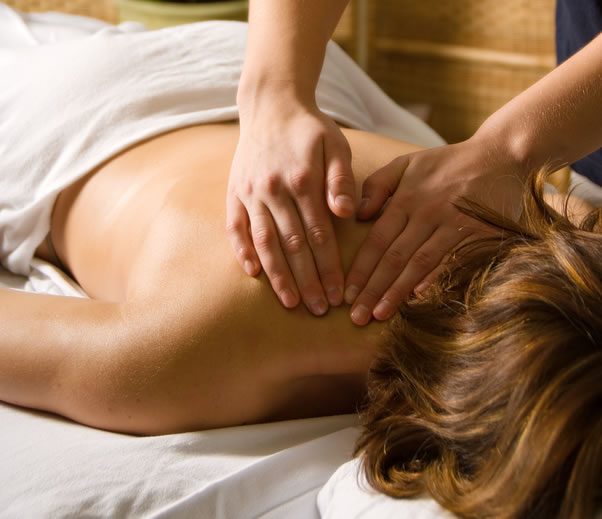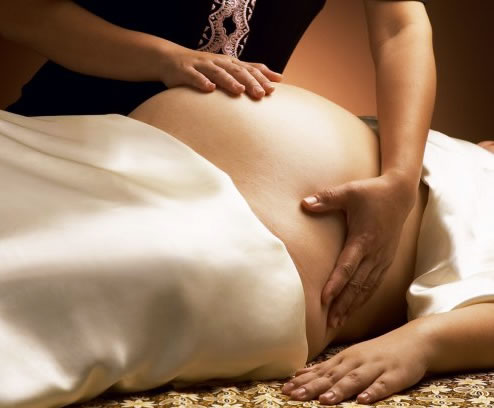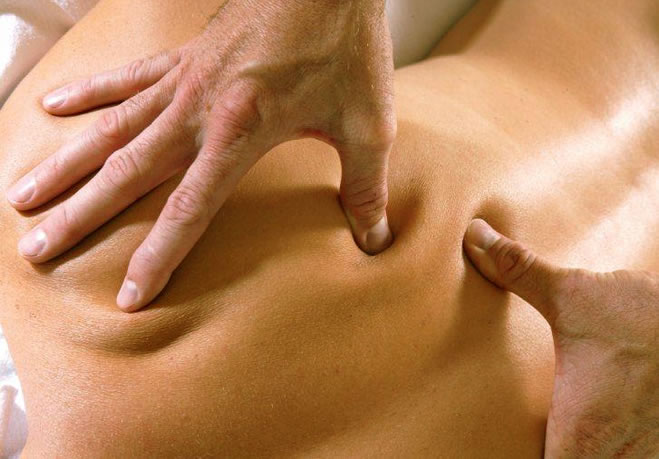Services
Swedish Massage
Generally regarded as the most common form of massage, Swedish massage involves manipulation of the muscles and connective tissues of the body for relaxation or health maintenance.
Swedish massage uses five basic massage techniques to relax muscles and body tissues.
Experts estimate that upwards of ninety percent of disease is stress-related. And perhaps nothing ages us faster, internally and externally, than high stress. Massage is an effective tool for managing this stress, which translates into:
- Decreased anxiety.
- Enhanced sleep quality.
- Greater energy.
- Improved concentration.
- Increased circulation.
- Reduced fatigue
Sports Massage
The Sports Massage is applied to specific muscles, often used to increase blood flow, release knots of muscle tension, or release pain/pressure on nerves in the event of a sports injury.
Sports massage should play an important part in the life of every sportsman or woman, whether they are injured or not.
Massage can also help specifically address a number of health issues. Massage can:
- Alleviate low-back pain and improve range of motion.
- Ease medication dependence.
- Enhance immunity by stimulating lymph flow—the body's natural defense system.
- Exercise and stretch weak, tight, or atrophied muscles.
- Help athletes of any level prepare for, and recover from, strenuous workouts.
- Improve the condition of the body's largest organ—the skin.
- Increase joint flexibility.
- Lessen depression and anxiety.
- Promote tissue regeneration, reducing scar tissue and stretch marks.
- Pump oxygen and nutrients into tissues and vital organs, improving circulation.
- Reduce post surgery adhesions and swelling.
- Reduce spasms and cramping.
- Relax and soften injured, tired, and overused muscles.
- Release endorphins—amino acids that work as the body's natural painkiller.
- Relieve migraine pain.
Pregnancy Massage
Comfort and protection of the unborn child is of the utmost importance. We provide relief from associated pain during any time of your pregnancy. Extra care is taken to our expectant mothers.
We provide a body cushion that allows one to lay face down without harm to the unborn child. Be sure to tell us that you are pregnant, or think you may be pregnant, when you schedule you’re massage.
Hormone regulation
Studies done in the past 10 years have shown that hormone levels associated with relaxation and stress are significantly altered, leading to mood regulation and improved cardiovascular health, when massage therapy was introduced to women’s prenatal care. In women who received bi-weekly massages for only five weeks, hormones such as norepinephrine and cortisol (“stress hormones”) were reduced and dopamine and serotonin levels were increased (low levels of these hormones are associated with depression). These changes in hormone levels also led to fewer complications during birth and fewer instances of newborn complications, such as low birth weight. The evidence points strongly to maternal and newborn health benefits when therapeutic massage is incorporated into regular prenatal care.
Reduction of swelling
Edema, or swelling of the joints during pregnancy, is often caused by reduced circulation and increased pressure on the major blood vessels by the heavy uterus. Massage helps to stimulate soft tissues to reduce collection of fluids in swollen joints, which also improves the removal of tissue waste, carried by the body’s lymph system.
Improvement of nerve pain
Sciatic nerve pain is experienced by many women in late pregnancy as the uterus rests on muscles of the pelvic floor and lower back. The pressure of the uterus spreads tension to the muscles of the upper and lower leg, causing them to swell and put pressure on nearby nerves. Massage therapy addresses the inflamed nerves by helping to release the tension on nearby muscles. Many women have experienced significant reduction in sciatic nerve pain during pregnancy through regular massage.
Other benefits of prenatal massage:
- Reduced back pain
- Reduced joint pain
- Improved circulation
- Reduced edema
- Reduced muscle tension and headaches
- Reduced stress and anxiety
- Improved oxygenation of soft tissues and muscles
- Better sleep
As with any therapeutic approach to pregnancy wellness, women should discuss massage with their prenatal care provider.
Deep Tissue Massage
Deep tissue massage uses slow strokes, direct pressure, or friction, applied across the grain of the muscles with the fingers, thumbs or elbows.
Deep-tissue massage works deeply into the muscles and connective tissue to release chronic aches and pains.
Deep tissue massage is a type of massage therapy that focuses on realigning deeper layers of muscles and connective tissue. It is especially helpful for chronic aches and pains and contracted areas such as stiff neck and upper back, low back pain, leg muscle tightness, and sore shoulders.
Some of the same techniques are used as classic massage therapy, but the movement is slower and the pressure is deeper and concentrated on areas of tension and pain to reach the sub-layer of muscles and the fascia (the connective tissue surrounding muscles).
When there is chronic muscle tension or injury, there are usually adhesions (bands of painful, rigid tissue) in muscles, tendons, and ligaments. Adhesions can block circulation and cause pain, limited movement, and inflammation.
Deep tissue massage works by physically breaking down these adhesions to relieve pain and restore normal movement. To do this, the massage therapist uses massage oil and often uses direct deep pressure. Muscles must be relaxed in order for the therapist to reach the deeper musculature.
|





